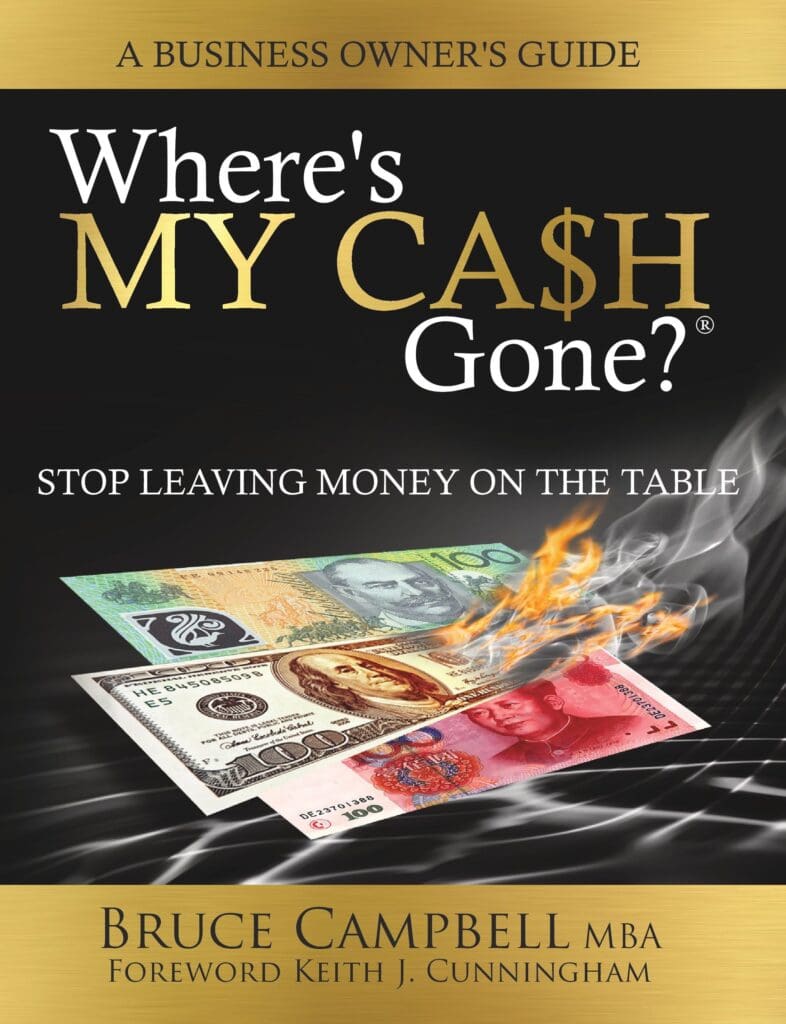Understanding Critical Mass in Business: The Turning Point for Growth
When you first start a business, it often feels like you’re putting in a tremendous amount of effort for very little reward. Long hours, endless to-do lists, and plenty of energy are spent, yet the results can seem minimal. This is a natural part of the entrepreneurial journey. Here’s the good news: if you persist long enough, you’ll eventually hit a tipping point known as critical mass.
What is Critical Mass in Business?
Critical mass is the moment when the energy and effort you’ve invested begin to pay off exponentially. Instead of expending massive amounts of time and resources for incremental results, you reach a point where small, focused actions generate significantly larger outcomes.
Think of it like a train pulling out of a station. At first, it takes huge amounts of coal to build the momentum to move the train forward. However, once the train is up to speed, it requires far less effort to keep it moving. The same applies to business growth, the early days demand heavy input, but once you reach critical mass, momentum carries you forward with less resistance.
Why Businesses Fail Before Reaching Critical Mass
One of the most common mistakes business owners make is giving up too early. The road to critical mass can feel long and discouraging, especially when results don’t show up as quickly as hoped. Many business owners quit right before reaching their breakthrough moment.
This is why endurance and consistency are key. Staying committed to your strategy, even when it feels like nothing is working, can be the difference between stagnation and exponential growth.
A Famous Case Study: Marlboro’s Critical Mass Moment
An excellent example of critical mass in action comes from the cigarette brand Marlboro. In the 1960s, Marlboro was struggling. Originally marketed as a women’s cigarette with mauve packaging, it ranked low in popularity.
To turn things around, the company worked with marketing strategist Jay Conrad Levinson, who later became famous as the author of Guerrilla Marketing. Levinson rebranded Marlboro with a powerful new identity: the Marlboro Man. The ads featured sweeping landscapes, cowboys, and horses, all symbols of rugged masculinity.
At first, the results were modest. After a year of running the campaign, sales had improved slightly but not dramatically. Many companies would have scrapped the strategy at this stage. But Marlboro’s leadership recognised that they hadn’t yet reached critical mass.
They persisted, and within six months, Marlboro skyrocketed to become the number one cigarette brand in America, eventually becoming one of the most recognised brands in the world. Their success hinged on pushing through the “slow growth” stage and continuing until they hit critical mass.
How to Reach Critical Mass in Your Business
- Stay the course: Avoid the temptation to give up too early. Growth often feels invisible before it accelerates.
- Measure progress: Track both leading and lagging indicators so you know if momentum is building, even before big results show.
- Stay consistent with marketing and sales: Consistency is often the lever that tips a business into exponential growth.
- Leverage systems: Streamline operations so when critical mass hits, you’re prepared to handle growth efficiently.
- Seek coaching and accountability: A coach can help you recognise where you are in the journey and encourage you to push through.
Final Thoughts
Reaching critical mass isn’t easy, but it’s the turning point where businesses shift from hard grind to scalable growth.
Many business owners give up too soon, missing the exponential rewards waiting just beyond the slow build.
So, where are you on your journey? Have you reached critical mass yet, or are you still laying the groundwork? Stay the course, stay consistent, and keep in mind: the breakthrough is often closer than you think.


